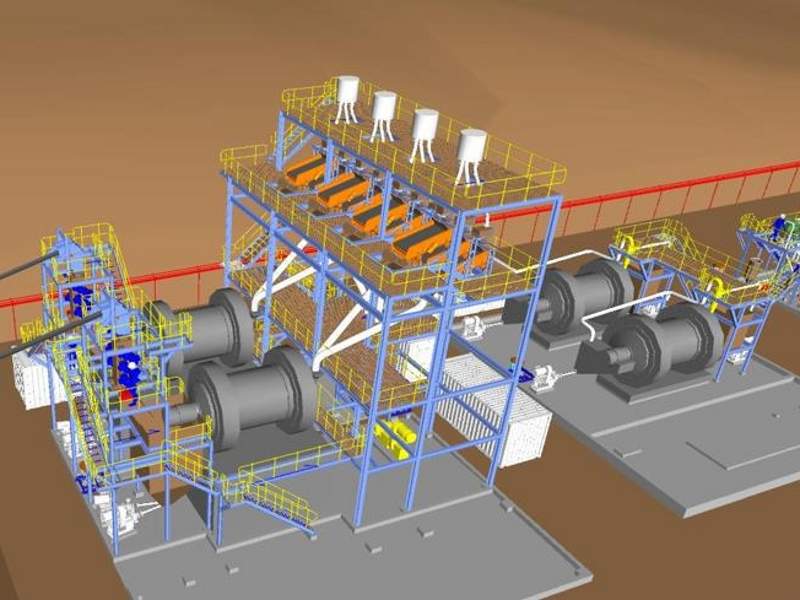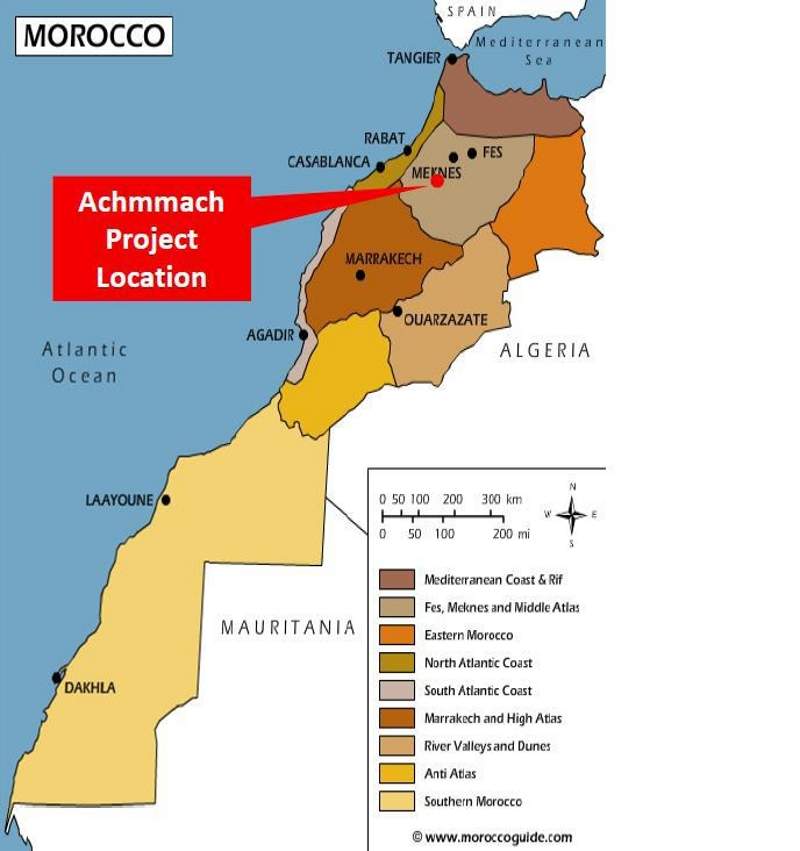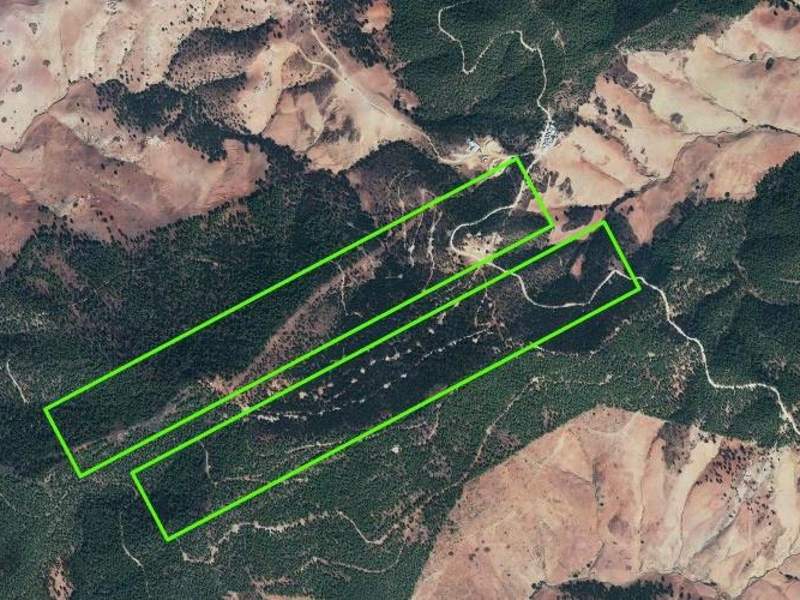The Achmmach Tin Project is located within the PE2912 and PE193172 Mining permits, covering an area of approximately 32km², around 40km south-west of Meknès and 140km south-east of Rabat, within the El Hajeb province in Morocco.
The project is 100% owned by Atlas Tin, a joint venture (JV) of Kasbah Resources (75%), Toyota Tsusho (20%) and Nittetsu Mining (5%).
The project’s environmental and social impact assessment (ESIA) report was approved in March 2014, and the definitive feasibility study (DFS) was completed in March 2015.
Kasbah updated the DFS report and came up with the new small start option (SSO) DFS report in February 2016, which was further updated in July 2016.
According to the latest DFS, which was released in July 2018, the capital cost is estimated as $96.4m. Construction on the mine is expected to start in 2019, with production scheduled to commence in 2020.
The tin project’s estimated pre-production capital cost has now been reduced to approximately $61.7m and the project proposes a two-stage development plan. The estimated life of the mine is ten years.
Achmmach Tin Project geology and mineralisation
The deposit accommodates the mineralised 1.6km-long Meknès Trend and the parallel Siddi Addi Trend. It is hosted within a tightly folded sedimentary sequence of Visean-Namurian turbidite beds, with shear corridors overprinted by tourmaline alteration and intruded by intermediate and mafic magmatic sills.
The mineralisation primarily occurs as hard rock cassiterite (SnO2) within the tourmaline, along with sulphide veins and within quartz veins.
Reserves at Atlas Tin’s project
As of July 2016, the project was estimated to hold combined proven and probable reserves of seven million tonnes (Mt) grading 0.82% Sn and containing 58,000t of tin metal.
Mining and processing at the Moroccan tin mine
The mining method envisaged for the project is the long-hole open stoping method using loose waste fill and cemented rock fill, and residual pillars. The mining activities will be performed by a mining contractor.
Featuring ore sorting and high-pressure grinding rolls (HPGR) technology, the processing plant will have a capacity to produce 4,500t of tin a year in a 60% tin concentrate.
The plant will primarily be equipped with a crushing circuit, EDS milling plant, a gravity circuit integrating secondary ball mills, a spiral plant and regrind mills, a flotation and fine concentrate circuit, and concentrate filtration, dispatch and conveyer facilities.
The processing facility will have a throughput capacity of 0.5 million tonnes per annum (Mtpa) during the first three and half years (Stage 1) and 0.75Mtpa subsequently.
Infrastructure
A 500,000tpa tailings storage facility (TSF) is to be developed next to the processing plant. The required water for the project will be sourced from both existing and new bore wells, and through rainwater harvesting. A 330,000m³ water storage dam is to be constructed as a part of the TSF.
The electricity for the project will be supplied by Office National de Electricité et de Eau Potable (ONEE). The project proposes the installation of a 60kV and 44km-long power transmission line from the project site to a 225/60kV substation at Toulal, near Meknès.
The workforce will primarily be sourced from the neighbouring cities and towns, including Khemisset, Meknès, El Hajeb, Agourai and Ras Jerri, while a small accommodation camp at the project site is proposed to serve some expatriate and senior Moroccan staff.
Key players involved
The resource estimation, drilling and geological review activities for the compilation of the updated small start option (SSO) DFS report was performed by Quantitative Group, whereas the financial modelling was done by Minero Consulting and Optimum Capital.
The mining studies were performed by consultants including Entech, Minero Consulting, Mining One, and C Bolger, whereas the studies for the processing plant were performed by ADP Modular & Marine, EDS, Metallurgia, Multotec, and Maelgwyn Mineral Reserves.
Financing
Pala Investments agreed to invest an additional A$5m ($3.53m) as a convertible loan, for the development of the project in October 2018.






